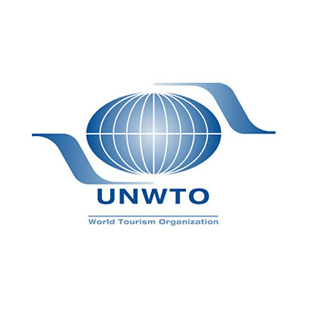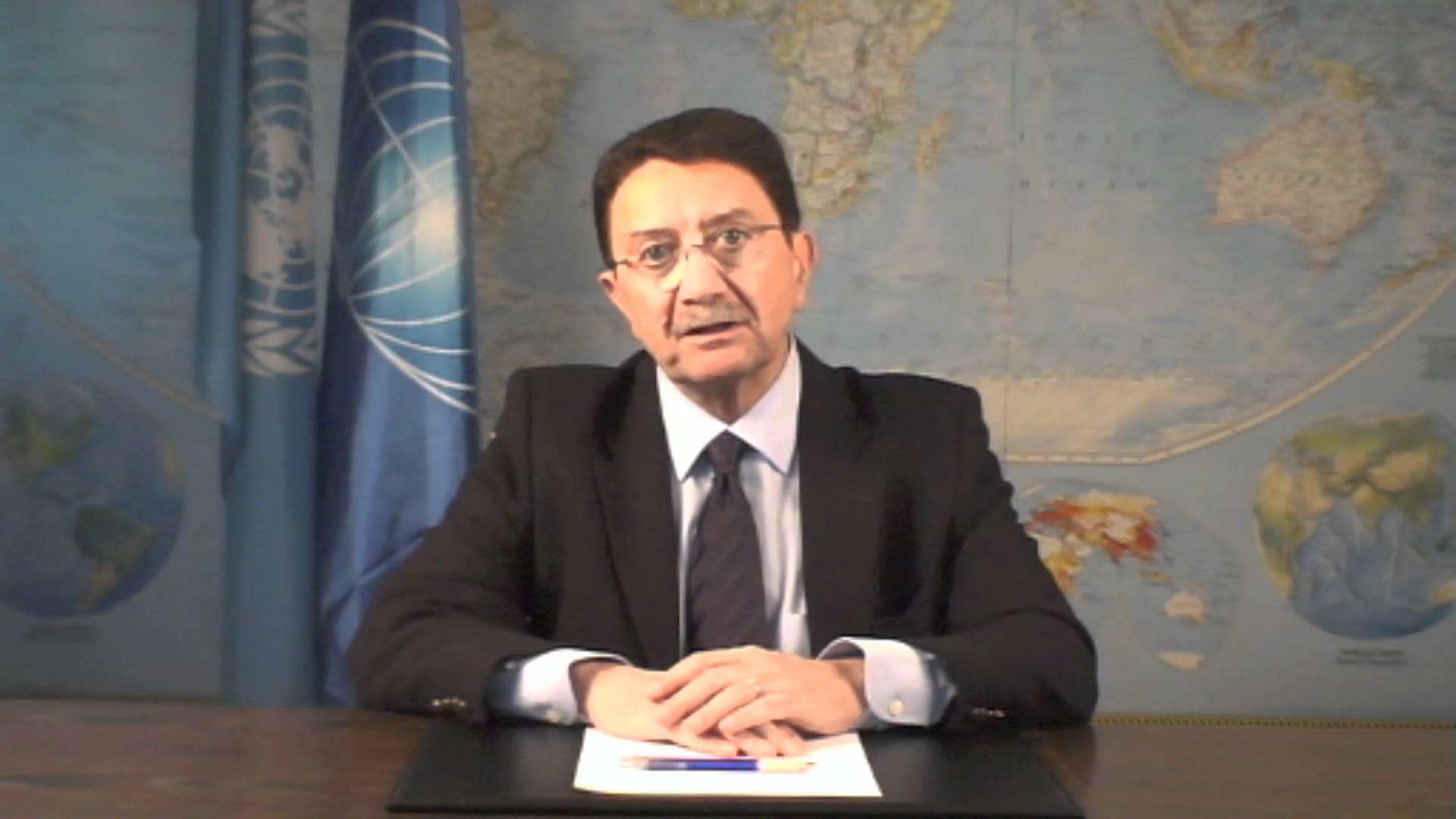 INTERNATIONAL. International tourist arrivals grew +3.9% in 2016 to 1,235 million, according to the latest UNWTO World Tourism Barometer.
INTERNATIONAL. International tourist arrivals grew +3.9% in 2016 to 1,235 million, according to the latest UNWTO World Tourism Barometer.
UNWTO (United Nations World Tourism Organization) described the growth as “robust”, with some 46 million more tourists (overnight visitors) travelling internationally last year compared to 2015.
The organisation also noted that 2016 was the seventh consecutive year of sustained growth following the 2009 global financial crisis. A comparable sequence of uninterrupted solid growth has not been recorded since the 1960s, it said. As a result, there were 300 million more international tourists in 2016 compared to the pre-crisis record in 2008. International tourism receipts grew at a similar pace in this period.
“Tourism has shown extraordinary strength and resilience in recent years, despite many challenges, particularly those related to safety and security,” commented UNWTO Secretary-General Taleb Rifai.
“International travel continues to grow strongly and contribute to job creation and the wellbeing of communities around the world.”

Results by region
The Asia Pacific region led growth in international arrivals in 2016, at +8%. UNWTO said this was fuelled by strong demand from both intra- and interregional source markets. Oceania arrivals were up +10%, South Asia posted an increase of +9% and Northeast Asia and Southeast Asia were both ahead by +8%.
At +8%, Africa experienced a strong rebound after two weaker years. Sub-Saharan Africa (+11%) led growth, while a gradual recovery started in North Africa (+3%).
In the Americas (+4%) positive momentum continued. Growth was stronger in South America and Central America (both +6%), while the Caribbean and North America recorded about +4% more arrivals.
Europe (+2%) showed mixed results. Northern Europe (+6%) and Central Europe (+4%) both performed well, while in Southern Mediterranean Europe arrivals grew by +1% and in Western Europe results were flat.
Demand in the Middle East (-4%) was also uneven, with positive results in some destinations, but declines in others. Results for both Africa and the Middle East should be read with caution as they are based on limited available data, UNWTO noted.
The organisation is projecting international tourist arrivals worldwide to grow at a rate of +3-4% in 2017. Europe is expected to grow +2-3%, Asia Pacific and Africa both at +5-6%, the Americas at +4-5%, and the Middle East at 2-5%, given the higher volatility in the region, UNWTO said.












